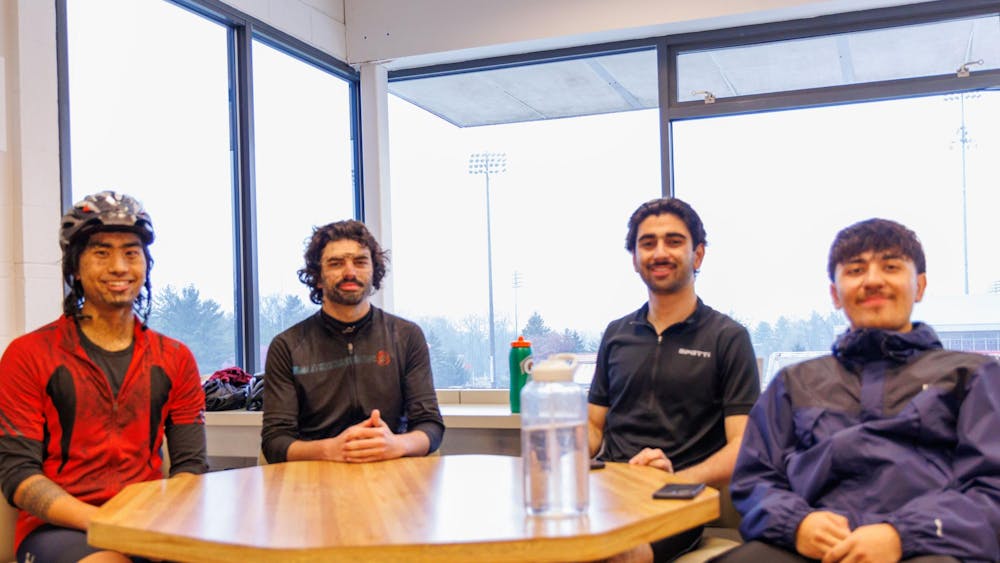In the 2014 IU Fall Energy Challenge, participants saved 236,358 kWh of electricity, according to a release from the IU Office of Sustainability.
That’s the equivalent amount of energy used to power 236 homes for a four-week period.
This fall’s energy challenge was the 11th of its kind.
Participants also saved 637,400 gallons of water, enough to fill an Olympic-sized swimming pool.
“The energy challenge is important because it really brings attention to some of the issues that we face, especially in regard to the environment,” said Hayley Smith, the utilities conservation intern at the IU Office of Sustainability.
Smith coordinated this fall’s challenge.
Smith said the office receives positive feedback on the challenge from students.
This fall’s challenge was the first to involve the use of the IU Eco-App pilot.
The app is a gaming app designed to teach its users about energy conservation.
It was created by the Auxiliary Information Technology team, led by IU-Bloomington Facilities staff member Ranji Abraham.
Smith said 198 students used the app, which was made available to them in residence halls and greek houses.
Of the participants using the app, 107 completed a survey. Of those surveyed, 100 percent said they learned new things about energy conservation, and 90 percent said they were more likely to engage in sustainable practices, Smith said.
“We really hope that students realize that their actions do make a difference,” she said.
The academic and administrative buildings competing in the challenge were grouped based on purpose. For example, all lab buildings were grouped together, and residence halls were grouped by neighborhood.
Of the academic and administrative buildings, winners included the chemistry building, DeVault Alumni Center, the Student Building, Maxwell Hall, the geology building, Swain Hall and Rawles Hall.
The residence hall winners included Wright Residence Center, Foster Residence Center, Tulip Tree Apartments and Willkie Residence Center.
Smith said it is difficult to compare the amount of energy saved from year to year because the amount of buildings that participate has steadily increased.
During the first challenge, only 10 residence halls competed, she said.
“We keep growing the challenge, which is our goal,” she said. “We want as many buildings as possible participating in the challenge.”
There will be another challenge in the spring that has yet to be planned.
“We’re still sifting through a lot of the data for the challenge that just ended,” she said.
Smith said that through the challenge, she hopes to eliminate the idea that an individual’s actions don’t ?matter.
She said energy conservation is about individuals taking actions, which comes together to make a difference.
“We are very satisfied with the results of this fall’s challenge,” she said. “We’re excited for the spring.”





